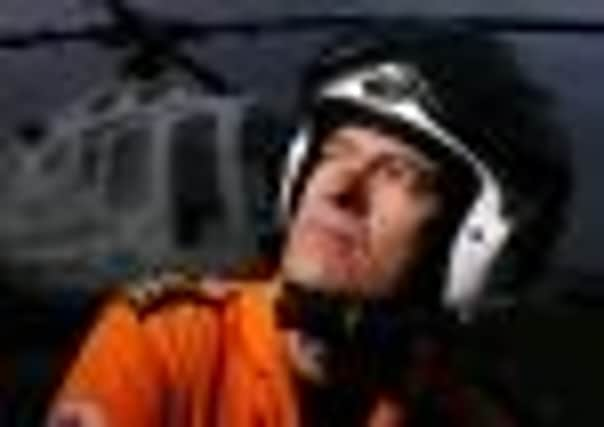Pilot in helicopter tragedy ‘may have been distracted by radio’


Captain Peter Barnes, who had more than 25 years flying experience, could have veered off route and missed a turning on the River Thames as he tried to radio London Heliport at Battersea to ask to make an unscheduled landing because of the fog, it is reported.
Aviation lawyer and pilot James Healy-Pratt said: “It could have taken 10 to 15 seconds to make the change of radio frequency, in which time the helicopter could have flown up to half a mile.”
Advertisement
Hide AdAdvertisement
Hide AdAir accident investigators are likely to focus on trying to account for a “missing minute”, during which Mr Barnes was out of contact with flight controllers.
Captain Barnes, 50, who had also worked for the Great North Air Ambulance Service, died when the AgustaWestland 109 he was piloting clipped a crane at the side of The Tower at St George Wharf at 8am on Wednesday.
His helicopter plunged to the ground 700ft below, killing Matthew Wood, 39, from Sutton, south London as he walked to work in Vauxhall. Around a dozen people were injured but police said it had been “something of a miracle” it had not been worse.
Captain Barnes’s brother Chris yesterday said it would have been in the veteran aviator’s “instinct” to do whatever he could to minimise casualties.
Advertisement
Hide AdAdvertisement
Hide AdHis partner Rebecca Dixon, 39, said she and their children Alexandra, 12, and Freddie, eight, who live in Berkshire, were comforted by the knowledge that the lives of others would have been “at the forefront of his mind”.
Captain Barnes, whose stunt flying had featured in Bond film Die Another Day and other action blockbusters, had been flying from Redhill in Surrey to Elstree, Hertfordshire, but he asked to be diverted because of bad weather.
David Learmount, from aviation website Flightglobal, said a small change in weather conditions, which are thought to have worsened at about the time of the accident, could have been enough to “trap” Captain Barnes.
The weather would be the key issue in the investigation, he said.
Advertisement
Hide AdAdvertisement
Hide Ad“When you fly in marginal conditions, it only needs a little dip in what you were expecting and you’re pretty much trapped,” Mr Learmount said.
“He probably did not see the crane until it was too late. Sometimes even bright lights are difficult to see in foggy conditions.”
Work to make the scene safe and remove the crane continued yesterday and is expected to be completed by the middle of next week.